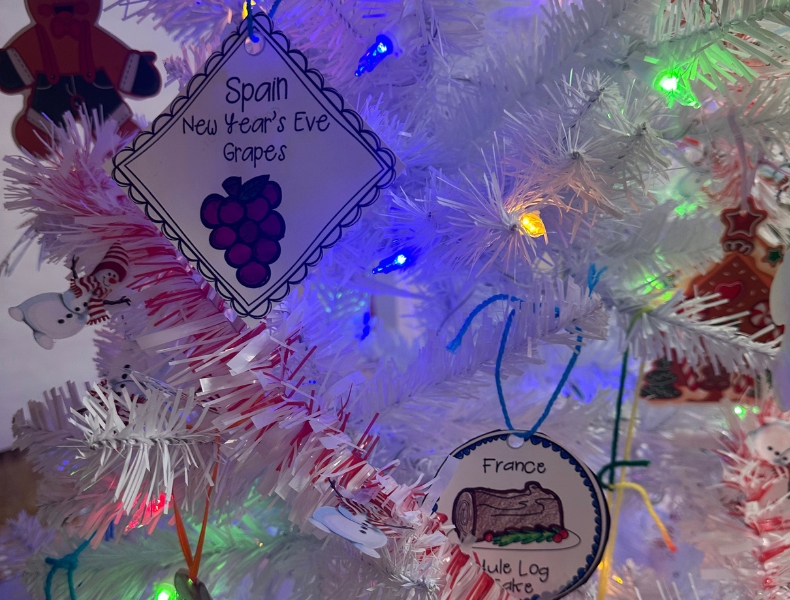Guest post by Jennifer Geist
When I began teaching Spanish in 1998, I quickly realized that most of my students had very little context for using another language. Many struggled to understand why they were learning “a different word for everything.” I once had a student beg me to “say it in real” when I spoke to her in Spanish.
As their teacher, I needed to provide meaningful opportunities for language learning—ones that made communication in Spanish engaging, practical, and relevant. That’s when I discovered virtual exchange.
What Is Virtual Exchange?
The Virtual Exchange Coalition defines virtual exchange as technology-enabled, sustained, people-to-people education programs. My first virtual exchange connected my first-grade students in the U.S. with a class in Argentina. Our theme was “A Sense of Caring,” and the students learned how to express ideas like “I care about this” and “this is important to me” in another language.
Each student created a watercolor painting with a caption about something they cared about. We took photos of the artwork, wrote letters introducing ourselves in Spanish, and emailed everything to the teacher in Argentina. A few days later, we received a similar bundle from our partner class.
Despite technology challenges and bandwidth issues, we persevered—and it was worth it.
When my students saw the drawings and messages from Argentina, they were delighted. They were eager to decode the Spanish words, using clues from the drawings and their knowledge of cognates. They were reading beyond their expected level because they were motivated to understand and connect.
One student exclaimed, “Look! Manuel cares about the forest, too!” That was when my students realized that their partners were, in fact, “saying it in real.”
That moment transformed my classroom. I continued bringing virtual exchange projects into every grade level I taught. Eventually, this approach shaped the entire language program at our school. Since then, I’ve been hooked.
Getting Started with Virtual Exchange
That’s why I’m excited to invite educators to explore virtual exchange opportunities through Qatar Foundation International (QFI).
We have developed a free course, How to Create a Virtual Exchange, which introduces teachers to the Virtual Exchange Toolkit—a collection of best practices and strategies gathered from educators worldwide.
Through this course, teachers will:
- Set goals for developing global competencies
- Learn strategies for engagement, collaboration, and assessment
- Gain insights from teachers who have successfully implemented virtual exchange
In today’s world, it is more important than ever to foster empathy and collaboration skills among students. Virtual exchange provides opportunities for students to:
- Address real-world challenges with their peers across different locations
- Build communication and problem-solving skills in another language
- Work creatively across cultures and time zones
Expanding Virtual Exchange Opportunities
QFI is also offering a second course, How to Teach the Aber Virtual Exchange. “Aber” means “express” in Arabic, and this curriculum is designed to connect students in North America and the Arab world.
The course explores topics such as:
- Understanding culture and identity
- Challenging stereotypes and misconceptions
- Encouraging open dialogue and collaboration through multimedia and art
Our goal is to create a space where teachers can connect with potential partners, develop trust, and build meaningful exchange experiences for their students.
All of our courses are free and self-paced, with open-source curricula that allow educators to customize their approach. A new course exploring global service learning through virtual exchange is set to launch in early 2019.
Join the Virtual Exchange Community
Educators interested in virtual exchange can join the QFI Community, hosted by our sister company, to learn more about integrating these programs into their classrooms.Jennifer Geist is a global education consultant specializing in the use of film and digital media in classrooms. She supports teachers, schools, and foundations in bringing global perspectives into their educational work. Connect with her on X @jenngeist.




